Free delivery from Fr. 300 of purchase or 18 bottles, otherwise Fr. 15
Champagne
Find out more about Champagne!
80 items

Champagne, Extra-Brut Grand Cru, Egly-Ouriet
Champagne

Champagne, Extra-Brut V.P., Egly-Ouriet
Champagne

Champagne, Extra-Brut Blanc de Noirs VV, Egly-Ouriet
Champagne

Champagne Brut, La Réserve Blanc de Blancs, Bonnet-Gilmert
Champagne
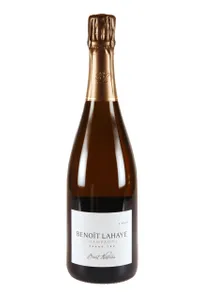
Champagne Brut Nature, Benoit Lahaye
Champagne

Champagne Extra-Brut, Rosé de macération, Benoit Lahaye
Champagne
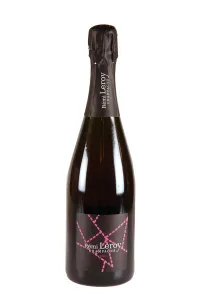
Champagne Brut rosé, Rémi Leroy
Champagne
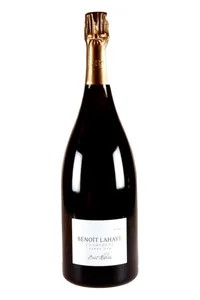
Champagne Brut Nature, Benoit Lahaye (magnum)
Champagne
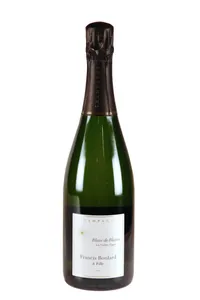
Champagne Brut Nature, Blanc de Blancs VV, F. Boulard - 2020
Champagne
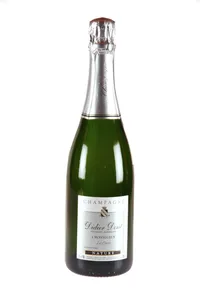
Champagne Brut Nature, Les Corres, Didier Doué
Champagne
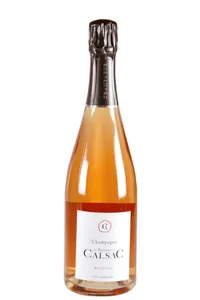
Champagne Extra-Brut rosé, Rose de craie, Etienne Calsac
Champagne
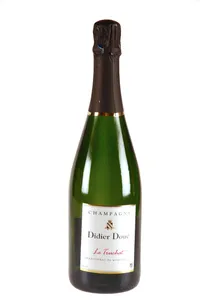
Champagne Brut, Le Truchat, Didier Doué
Champagne

Champagne Brut Nature, Rémi Leroy
Champagne
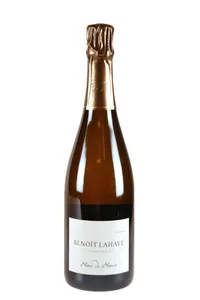
Champagne Brut Nature, Blanc de Blancs, Benoit Lahaye
Champagne
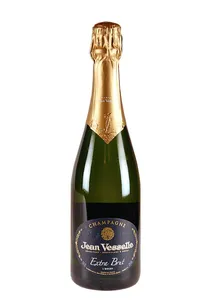
Champagne, Extra-Brut, J. Vesselle
Champagne
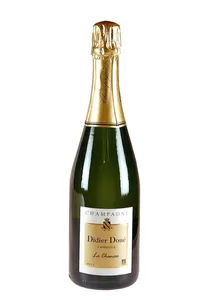
Champagne Brut, La Chanose, Didier Doué
Champagne
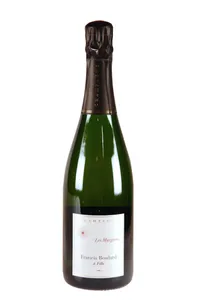
Champagne Brut Nature, Les Murgiers, F. Boulard
Champagne

Champagne Extra-Brut, Les Murgiers, F. Boulard (mathusalem - 6 l.) - 2012
Champagne

Champagne Brut, La Chanose, Didier Doué (37.5 cl)
Champagne

Champagne Brut, Mer sur Mont, Rémi Leroy - 2014
Champagne

Champagne, Extra-Brut Les Vignes de Bisseuil, Egly-Ouriet
Champagne
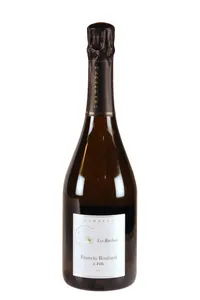
Champagne Brut Nature, Les Rachais, Francis Boulard - 2013
Champagne
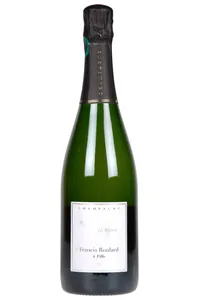
Champagne Brut Nature, Le Murtet, F. Boulard - 2018
Champagne
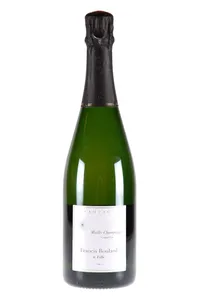
Champagne Brut Nature, Mailly-Champagne, F. Boulard - 2019
Champagne
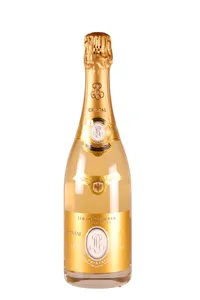
Champagne Brut, Cristal rosé, Louis Roederer - 2013
Champagne
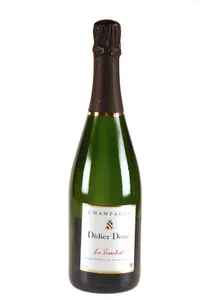
Champagne Brut, Le Truchat, Didier Doué (magnum)
Champagne

Champagne Extra-Brut, Millésimé "RD", Benoit Lahaye - 2013
Champagne

Champagne, Extra-Brut Prémices, Egly-Ouriet
Champagne
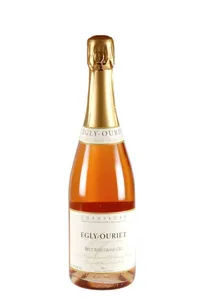
Champagne, Extra-Brut Rosé, Egly-Ouriet
Champagne
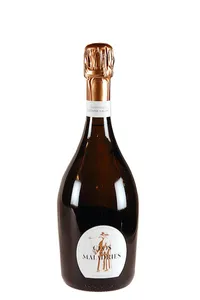
Champagne Extra-Brut, Clos des Maladries, Etienne Calsac - 2019
Champagne

Champagne Extra-Brut, Avize Champ Caïn, Jacquesson - 2013
Champagne

Champagne Extra-Brut, Avize Champ Caïn, Jacquesson (magnum) - 2013
Champagne

Champagne Extra-Brut, Cuvée 746, Jacquesson
Champagne
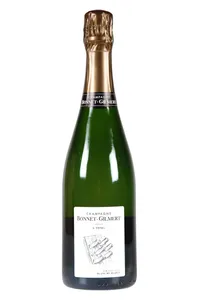
Champagne Extra-Brut, L'Extra Blanc de Blancs, Bonnet-Gilmert
Champagne
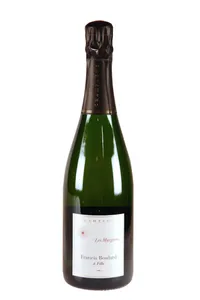
Champagne Brut Nature, Les Murgiers, F. Boulard - 2020
Champagne
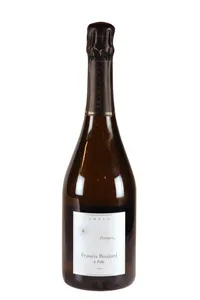
Champagne Brut Nature, Petraea IV, F. Boulard
Champagne

Champagne Brut Nature, Rémi Leroy (magnum)
Champagne

Champagne Extra-Brut, Les Revenants, Etienne Calsac
Champagne

Champagne Brut nature, Val l'Hermite, Etienne Calsac
Champagne
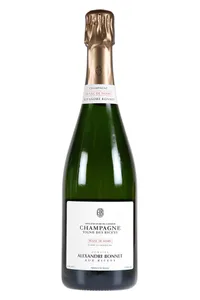
Champagne Extra-Brut, Blanc de Noirs, Alexandre Bonnet
Champagne
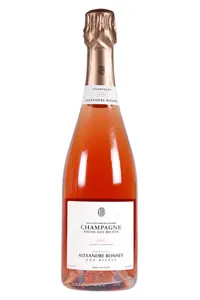
Champagne Extra-Brut, Rosé, Alexandre Bonnet
Champagne
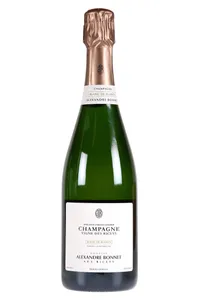
Champagne Extra-Brut, Blanc de Blancs, Alexandre Bonnet
Champagne
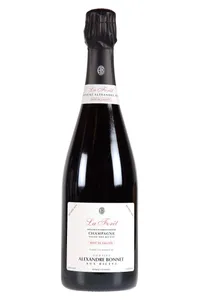
Champagne Extra-Brut, Rosé de Saignée - La Forêt, Alexandre Bonnet - 2018
Champagne
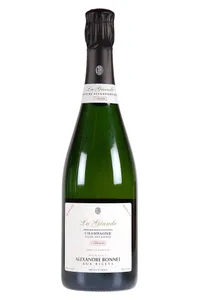
Champagne Brut Nature, 7 Cépages - La Géande, Alexandre Bonnet - 2018
Champagne
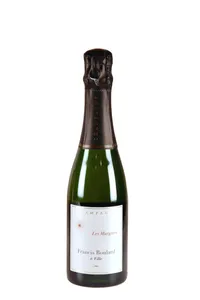
Champagne Extra-Brut, Les Murgiers, F. Boulard (37.5 cl) - 2019
Champagne
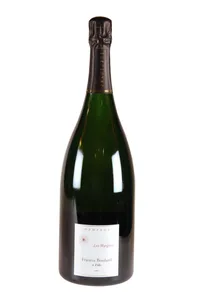
Champagne Brut Nature, Les Murgiers, F. Boulard (magnum) - 2019
Champagne
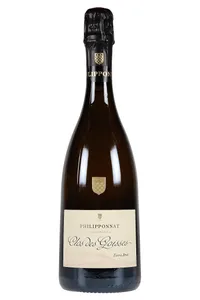
Champagne Extra-Brut, Clos des Goisses, Philiponnat - 2014
Champagne
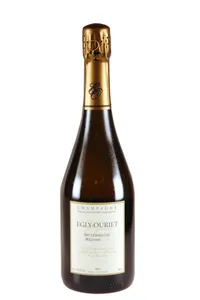
Champagne, Extra-Brut Millésimé, Egly-Ouriet - 2014
Champagne

Champagne Extra-Brut, Millésimé, Benoit Lahaye - 2018
Champagne
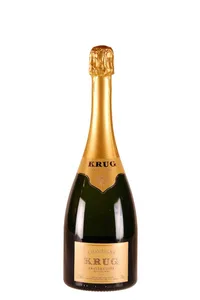
Champagne Brut, Grande Cuvée Edition 170, Krug
Champagne
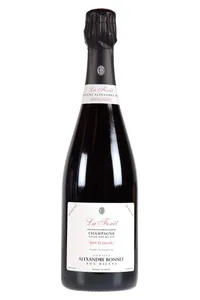
Champagne Extra-Brut, Rosé - Les Contrées, Alexandre Bonnet - 2019
Champagne
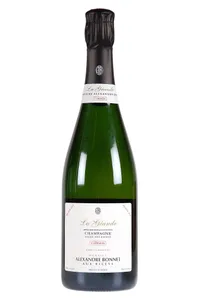
Champagne Brut Nature, 7 Cépages - Les Contrées, Alexandre Bonnet - 2019
Champagne

Champagne Extra-Brut, Clos des Maladries, Etienne Calsac - 2020
Champagne
Champagne Extra-Brut, Les Revenants, Etienne Calsac (magnum)
Champagne

Champagne Extra-Brut, Avize Champ Caïn - DT, Jacquesson (magnum) - 2004
Champagne

Champagne Extra-Brut, Cuvée 747, Jacquesson
Champagne

Champagne Extra-Brut, Cuvée 747, Jacquesson (magnum)
Champagne

Champagne Extra-Brut, Cuvée 747, Jacquesson (jéroboam)
Champagne

Champagne Extra-Brut, 742 Dég. Tardif, Jacquesson
Champagne

Champagne Extra Brut, Dizy Terres Rouges, Jacquesson - 2015
Champagne
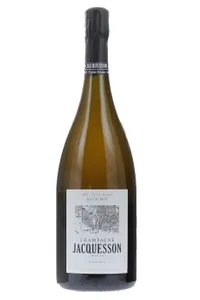
Champagne Extra Brut, Dizy Terres Rouges, Jacquesson (magnum) - 2015
Champagne
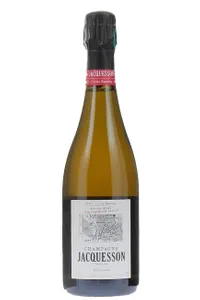
Champagne Extra Brut, Dizy Corne Bautray - DT, Jacquesson - 2005
Champagne

Champagne Extra-Brut, Avize Champ Caïn - DT, Jacquesson - 2005
Champagne
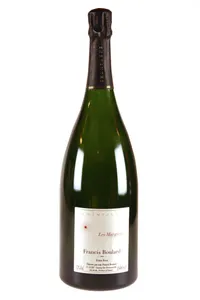
Champagne Brut Nature, Les Murgiers, F. Boulard (magnum) - 2020
Champagne

Champagne, Extra-Brut Millésimé, Egly-Ouriet - 2012
Champagne

Champagne, Extra-Brut Millésimé, Egly-Ouriet - 2015
Champagne

Champagne Extra-Brut, Rosé de macération, Benoit Lahaye (magnum)
Champagne

Champagne Extra-Brut, Blanc de Noirs, Benoit Lahaye
Champagne

Champagne Brut Nature, Cuvée Violaine, Benoit Lahaye - 2019
Champagne

Champagne Brut Nature, Le Jardin de la Grosse Pierre, Lahaye - 2020
Champagne

Champagne Brut Nature, A l'aube de la Côte des Bar, Louise Brison - 2018
Champagne
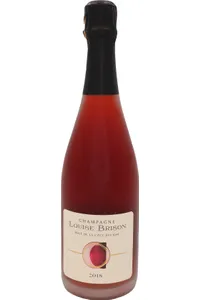
Champagne Brut Nature, Rosé de la Côte des Bar, Louise Brison - 2018
Champagne
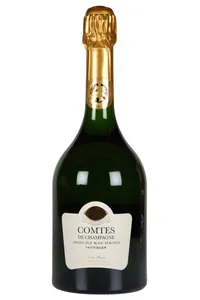
Champagne Brut, Comtes de Champagne, Taittinger - 2013
Champagne

Champagne Grand Cru, Le Bourg/Sud Réserve Perpétuelle, La Rogerie
Champagne
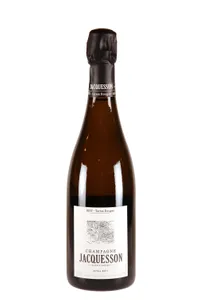
Champagne Extra Brut, Dizy Terres Rouges, Jacquesson - 2014
Champagne
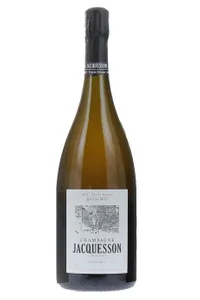
Champagne Extra Brut, Dizy Terres Rouges, Jacquesson (magnum) - 2014
Champagne
Champagne Brut Nature, Chardonnay de la Côte des Bar, Louise Brison - 2018
Champagne
Champagne Brut Nature, Rosé de la Côte des Bar M20, Louise Brison - 2020
Champagne

Champagne Brut Nature, A l'aube de la Côte des Bar, Louise Brison - 2019
Champagne

Champagne Brut Nature, Blanc de Blancs, Rémi Leroy - 2020
Champagne
